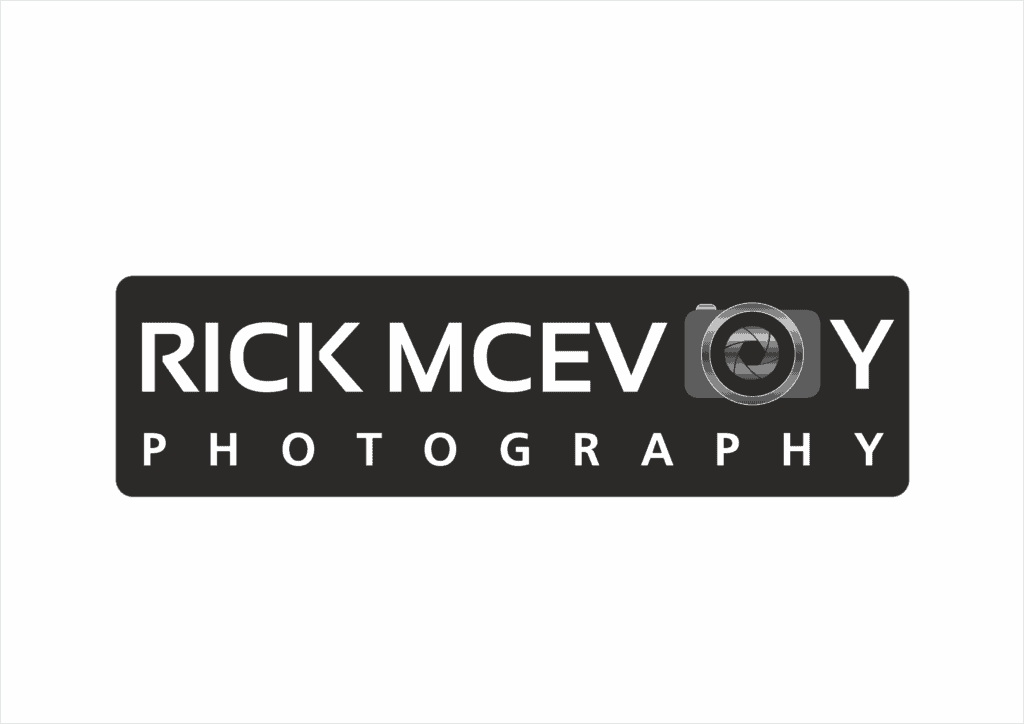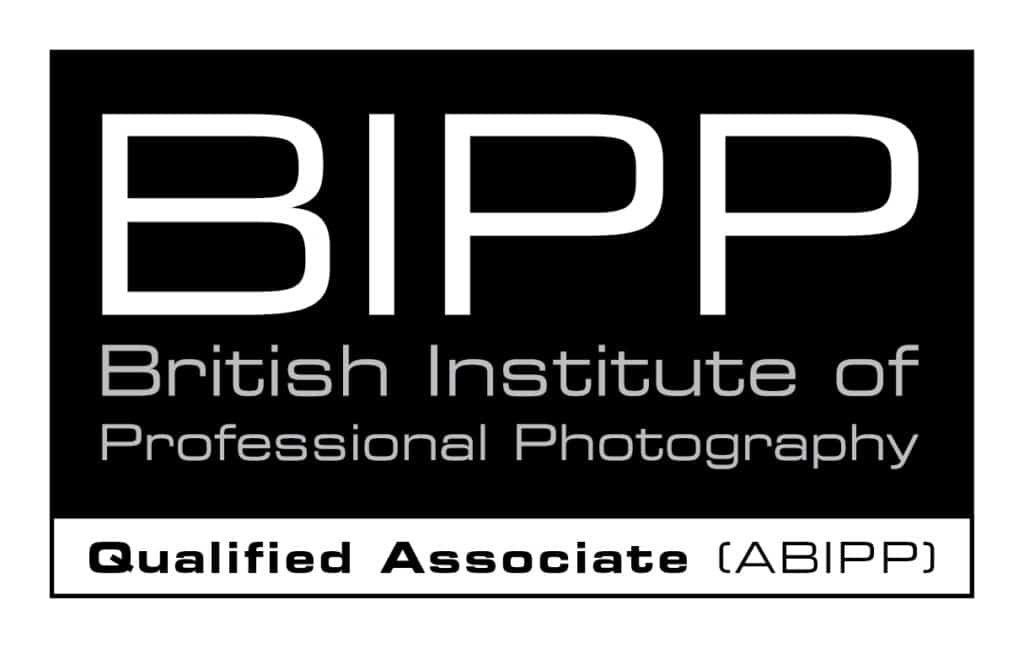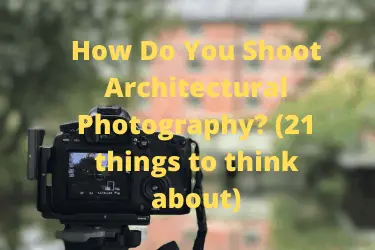I am enjoying my series of blog posts about the fundamentals of architectural photography, as in the photos themselves and how we get them.
To shoot architectural photography you have to consider the structure, mass, shapes, colours, textures, lines, geometry, and patterns in a building and how they relate to each other, and how the building relates to people and the surrounding environment. You have to take technically correct photos with excellent composition, exposure, focus and depth of field with correct horizontals and verticals.
OK – that is the answer bit – now let’s get into this good stuff.
Who am I?
Before I go on, it is rude to presume that you know who I am. I am Rick McEvoy, an architectural and construction photographer based in the UK. I am professionally qualified in photography ABIPP and construction MCIOB, so you are in safe hands with me ok?
Oh yes and I write about this stuff on my photography blog.
What am I on about in this post?
Rather than turning up and taking photos, you need to think about stuff like the following to get the best out of a shoot.
Some of this stuff might sound like high level arsty farty stuff, but it is all good stuff that it certainly helps to think about. This is what I have learned over the years.
I used to turn up on a job and just take hundreds of photos hoping that I have what I need. These days there is a lot more thought, resulting in a lot less photos, and better photos at that.
And in the next post I will apply this lot to how I shoot architectural photography.
Does this apply to all architectural photography?
Well yes. You might be photographing a house that someone is selling, or you might be photographing a brand new £50m building. These things still apply, you just need to scale up or down your thinking depending on what you are photographing.
But the principles still apply, and will help you and I take better photos. What is not to love?
1 Structure
You have to capture the structure of the building as a whole – it is after all the sum of all the parts. This takes some thought – it is much more than turning up and taking a photo of the front of the building. You have to convey the structure, pick out and accentuate the structural elements that make the building what it is.
And structure gives me a nice way to broaden this out – architectural photography is not just about photographing buildings. Let’s say the built environment – any building, plant, bridge, structure, utility installation, services, and infrastructure.
And construction sites – let’s not forget them.
2 Mass
You can make the mass of building a positive or a negative, depending on the perspective and focal length used. What you need to think about is how you convey the mass of a building – what was the intent behind the design?
Do you want to exaggerate the mass, or make the building merge into the surrounding environment?
It depends on what the story is about the building you are trying to tell, and who you are taking the photos for.
For example on a security installation you would make the mass more imposing than you would for say a wedding venue!
3 Shapes
There is the shape of the building, and there are also shapes within shapes in buildings that need to be explored and captured.
I talk to my clients before a shoot and ask them about stuff like this – what is significant in the building, what shapes have they designed in? What are the things that they like? We must always ask that question!
4 Colours
All construction materials have colours of course, and these need to be accurately and correctly recorded, and processed.
Let’s not forget that everything that I am talking about (ok writing about) here applies from image capture to image processing.
You just have to get the colours right, and this will be impacted by what colour temperature of the light is, which is controlled by the white balance set in the camera.
And how colours relate to each other is important.
5 Textures
When architects design buildings they will create variations in textures using different materials. This can be very subtle, and the direction of the light will have a direct impact on how these textures look. If the light is directly onto a textured finish it will be less noticeable than with light from the side drawing out and accentuating the depth in a texture.
6 Lines
There are lots of line in buildings. We start with horizontal and vertical lines, which need to be presented just as they should be – horizontal and vertical.
This is another given – do not give a client a photo of a building that is not level and vertical. Just don’t!
And then there are lines within a building that can direct the eye one way or another – just think about this when you are composing an image.
7 Geometry
There is the geometry of the building, and components within it. Find these shapes, squares, triangles, circles, and other shapes, and use them to make interesting compositions, intricate details. Repeating shapes.
8 Patterns
Bricks form excellent patterns. Put them next to adjacent features such as lead flashings or weep holes and you can create interesting patterns that form compositions all of their own.
And there will be other patterns within the architecture.
9 How they relate to each other
Once you have identified these elements and features in a building look at how they relate to each other. This can be in the context of photographing a whole building, or to parts of a building.
But look at each part on its own, and then look at how these components relate to each other. And do not forget the elements of a building that work together, there is functionality that needs recording.
10 How the building relates to people
People in a photo give it a soul, a purpose, a context, scale, and relationship.
Architectural photographs without people do have their own beauty and meaning.
So capture both if you can to capture both sides of the story.
But make sure that you can publish photos with people in – one for another time.
11 How the building relates to the surrounding environment
This will have been considered in the planning process, and the relationship to adjacent areas, buildings and structures needs to be sympathetically recorded.
A building is not just a building, it is a part of the environment for many years, so this sometimes forgotten consideration needs to be remembered each and every time a building is photographed.
Hopefully, the building will have positive impact on it’s new neighbours, which again can be drawn out with thoughtful composition and lighting.
12 Technically correct photos
This is a given. There is no excuse for technical errors, there is no place for this in professional photography.
Clients to not ask for technically correct photos – they expect them. And quite right. Let’s have a look at this in more detail.
I am going to go into this in the next post, but let’s have a quick look at each of them here ok?
13 Excellent composition
I said earlier in this post that I used to turn up and take lots of photos. I did not know that I was doing this in the hope of getting a great photo. Sure I was acting with best intention, and managed to get the shots I needed, but there was a lack of thought, a lack of intent.
When I arrive on a shoot now, any shoot, the first thing I do is look, study things, and think. I don’t get my camera out and start taking photos.
I look for compositions, interesting things, all that good stuff above.
And this time is very well spent – these days I take far fewer photos, and the photos that I take are much better!
I would say that this is the single most important thing for all of us – the composition that makes the photo.
14 Exposure
Has to be correct, giving the broadest range of light. I have a dead simple way of doing this which I will tell you about in the next post – purists prepare your pitchforks!
15 Focus
Again, has to be bang on. If I ever took an out of focus shot I would never show it to a client. I would delete it and hang my head in shame.
16 Depth of field
This need to be appropriate to the image. I use depth of field to make sure that the whole of the composition is in order front to back. And I also use a shallow depth of field to make features stand out.
This is where creativity kicks in.
17 Correct horizontals and verticals
Horizontals horizontal. Verticals vertical.
Nothing more to say. Ok one more thing but that is for the next post – a top, top tip.
18 Camera
You will need a camera. I use a full frame camera, but have also used a micro four thirds camera successfully on an architectural photography shoot.
What is the best camera for architectural photography? The one in your hand…
19 Lens
Wide angle lenses are the order of the day here. I will use a telephoto lens to capture details but most of time I am at the wide focal length end of my Canon 17-40mm lens.
And do I use tilt shift lenses? I do not. I bought one once but did not like it to be honest. If Canon wanted to send me a shiny new one though I would be prepared to give it another go!
20 Tripod
I use a tripod for every photo unless there just isn’t room or the time. Why?
Well it slows me down, and makes each photo a considered thing. And it helps with my compositions.
And I do no need to worry about getting things sharp as the camera is sat on a nice, sturdy tripod.
21 Other stuff
There is other stuff but I will go onto this in the next post, or the one after.
One more thing
Something I wrote earlier reminded me of one more thing. If you are shooting a building for a client ask them what is important to them, what are the significant elements of the building, what was particularly challenging – make sure you find out and capture the stuff important to your client.
Do you want to know more?
Well why not check out the other posts on my website? You can either go to the category pages in my blog, architectural photography and construction photography categories, or to my Work With Me page, and my Construction Photographer page, which have links to lots of related stuff.
Related viewing
I have recorded for this blog post which you can watch on my You Tube channel. Which is nice.
Photography Explained Podcast
Yes I have my own podcast, the Photography Explained Podcast where I explain one photographic thing per episode in plain English in less than 10 minutes without the irrelevant detail.
Check it out – it won’t take more than 12 ¾ minutes for the average episode!
Next on my blog
Step By Step Guide To How I Prepare For An Architectural Photography Shoot
Any questions get in touch via my website. It would be great to hear from you.
Cheers from me Rick



